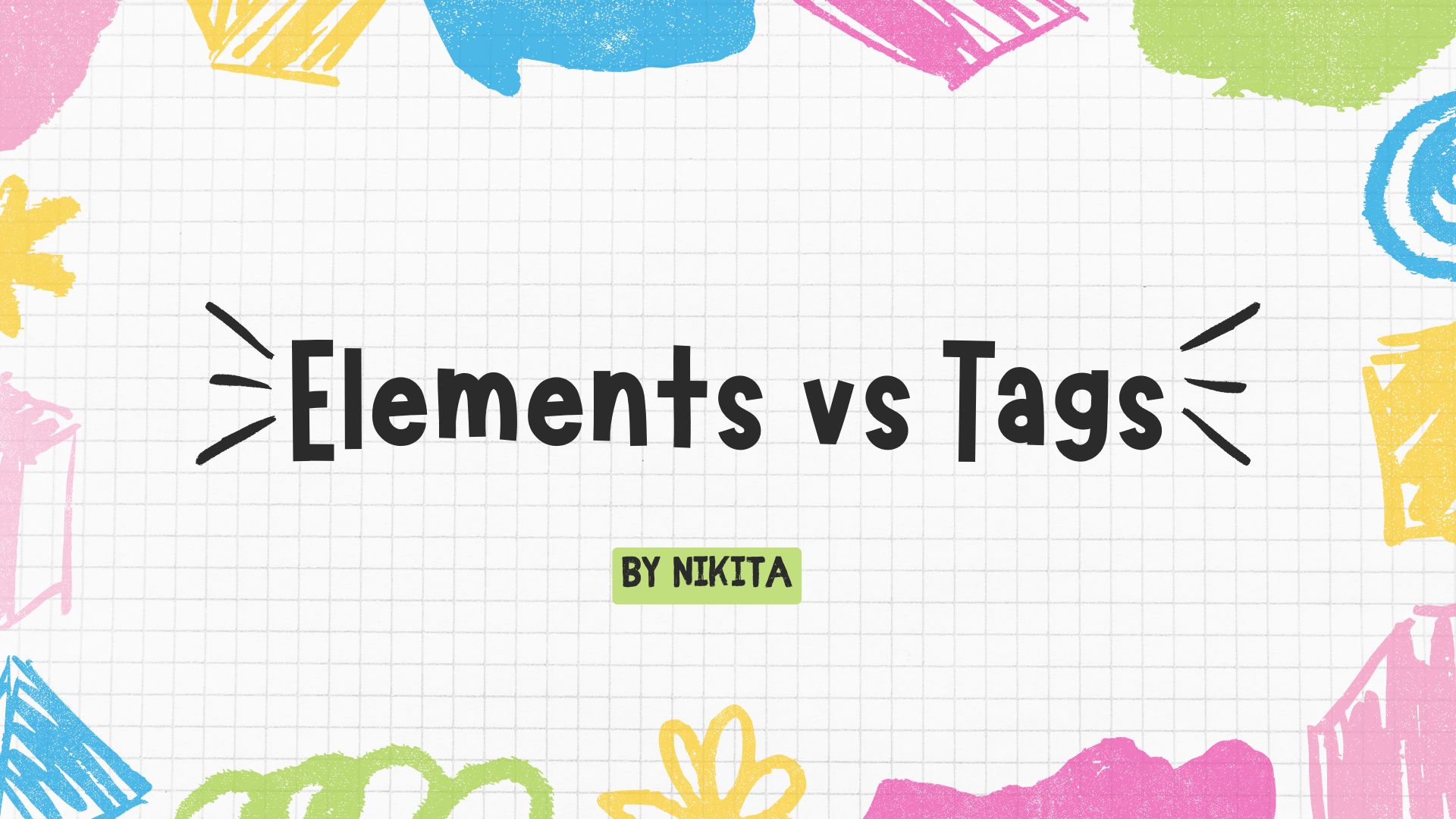Elements vs. Tags: A Friendly Guide
 Nikita Sarkania
Nikita Sarkania
Ever wondered what the difference is between an element and a tag in HTML?
Let's break it down in a way that's easy to understand.
Imagine a House
Think of a house. The house is like an element in HTML. It's the whole building. Inside the house, you have different rooms. These rooms are like tags.
House (Element): The entire building.
Rooms (Tags): Different sections within the house, like bedrooms, kitchens, and living rooms.
Elements: The Big Picture
In HTML, elements are like the building blocks of a webpage. They define the structure and content of the page. Some common elements include:
<p>: Paragraph<div>: Division<h1-h6>: Heading levels<ul>and<ol>: Unordered and ordered lists<img>: Image
Tags: The Labels
Tags are like labels that tell the browser what kind of element it's dealing with. They are enclosed in angle brackets (<>). For example, <p> is the tag for a paragraph.
Putting It Together
Think of it like this:
Element: The whole sentence.
Tags: The words that make up the sentence.
Example:
<p>This is a paragraph.</p>
Element: <p>This is a paragraph.</p>
Tags: <p> and </p>
Remember: Elements are made up of tags and their content. Tags tell the browser how to interpret the content.
I know this is just the basics, but understanding the difference between elements and tags can clear up a lot of confusion for beginners.
Keep exploring and happy coding!
Subscribe to my newsletter
Read articles from Nikita Sarkania directly inside your inbox. Subscribe to the newsletter, and don't miss out.
Written by
